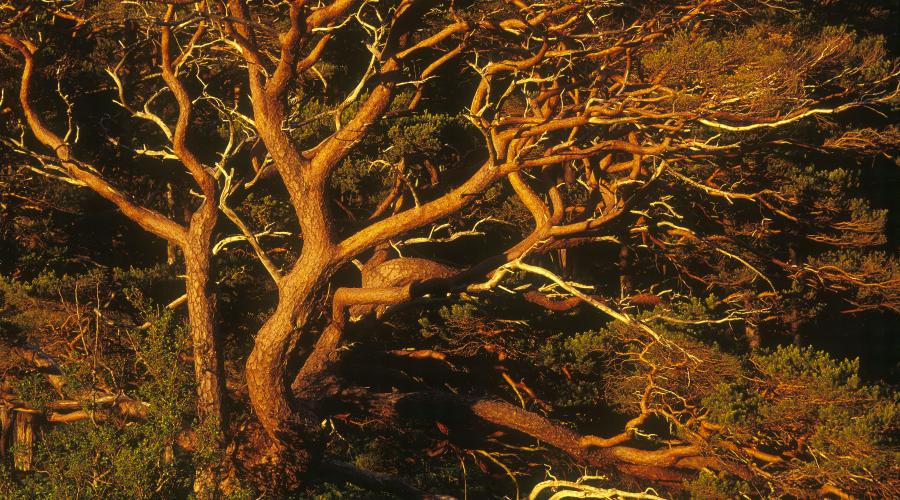
Modelling a network
Computer models are often used to assess or design a habitat network, ‘crunching’ data to map possible networks.
Habitat connectivity is species specific, so any modelling must begin with species selection as its starting point.
Network maps produced by modelling can only accurately answer:
- either the specific needs of a single species
- or the general needs of a few species or a generic focal species
For example, modelling can’t produce a meaningful map of habitat connectivity for the chequered skipper butterfly and the raspberry plant. But though the two species have different characteristics, they’re both associated with woodland edge habitats. So you can look at connectivity for woodland edge species in general instead.
A range of tools and models can assist with the process of evaluating and creating habitat networks.
All computer models must make some assumptions to do their job. This leads to certain limitations.



